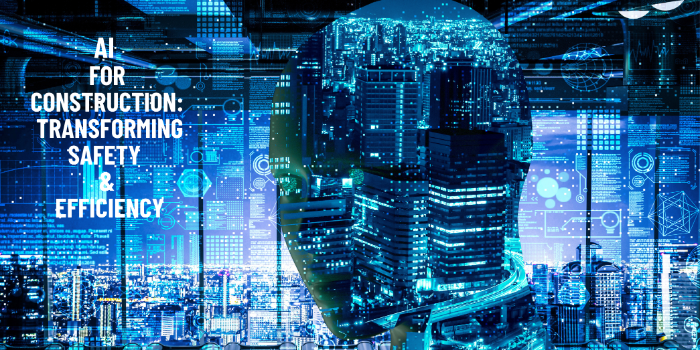
AI For Construction: Transforming Safety & Efficiency
Introduction
In construction, safety and efficiency are everything. AI is stepping in to make a big difference. This technology is no longer something we think of as "the future." It's happening right now. From predicting risks to helping workers avoid danger, AI is changing how we build. It's also speeding up projects and saving money, making the construction process smoother and smarter.
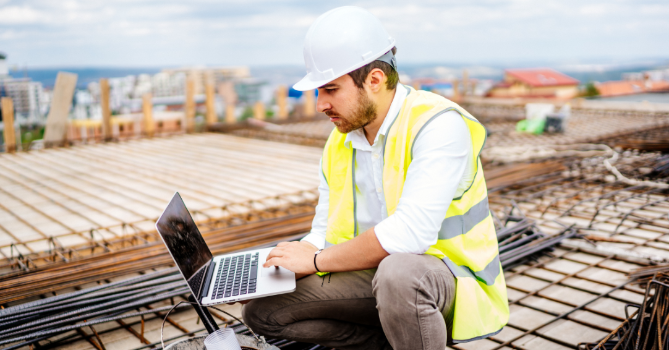
AI works hand in hand with other technologies like Building Information Modeling (BIM). Together, they create a powerful toolset that construction teams can use to make better decisions. Whether it's planning out a project or keeping workers safe, AI is making its mark. This blog will show you how AI is transforming construction, focusing on two key areas: safety and efficiency. You'll see why embracing this technology is not just an option—it's a must for staying ahead.
AI’s Role in Enhancing Safety in Construction
Safety is a top priority in construction, and AI is playing a key role in keeping workers safe. One of the most important ways AI does this is through predictive analytics. By analyzing data from past projects, AI can predict potential hazards before they happen. This allows construction teams to take action early, preventing accidents and injuries.

AI is also improving safety with real-time monitoring. Wearable devices powered by AI can track workers' health and movements on the job site. If someone shows signs of fatigue or stress, the system can send an alert. This helps prevent accidents caused by overexertion or other physical issues. Drones, equipped with AI, also monitor sites from above, spotting dangers that might go unnoticed by ground-level workers.
Another way AI enhances safety is through risk assessment. AI tools can quickly analyze complex factors, such as weather conditions, equipment status, and worker behavior, to assess the level of risk at any moment. This information allows supervisors to make informed decisions, like pausing work during unsafe conditions or adjusting safety protocols.
There are already success stories showing the impact of AI on safety. For example, some construction companies have reduced their accident rates significantly by using AI-driven safety measures. These tools help identify risks that humans might miss and provide solutions faster than ever before. As AI continues to evolve, its role in improving safety will only grow, making construction sites safer for everyone involved.
AI and Efficiency in Construction Projects
AI is not just improving safety in construction; it’s also making projects more efficient. One of the main ways AI does this is through better project planning. AI tools can analyze huge amounts of data quickly, helping to create more accurate project timelines and budgets. This means fewer delays and cost overruns, which are common problems in construction.
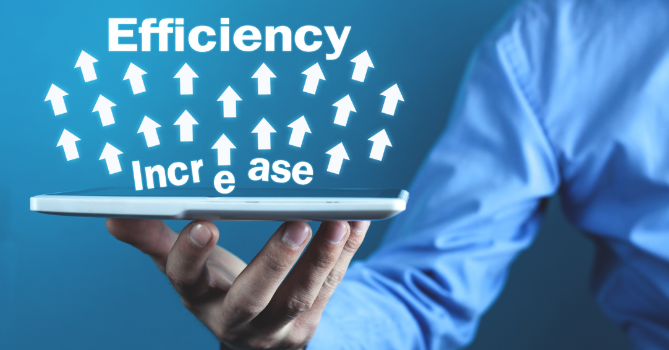
Resource allocation is another area where AI shines. By analyzing past data and current project needs, AI can suggest the best use of materials, equipment, and labor. This ensures that resources are used efficiently, reducing waste and saving money. For example, AI can predict when and where certain materials will be needed, so they arrive just in time, avoiding the costs of storing excess supplies.
AI also plays a role in optimizing time management. It can track progress in real-time, flagging any delays or issues that need attention. This allows project managers to adjust plans quickly, keeping everything on schedule. AI can even suggest changes to the workflow that could speed up the process without sacrificing quality.
Some construction companies are already seeing the benefits of AI in efficiency. Projects that once took months to plan and execute are now completed in much less time, thanks to AI-driven insights and automation. As a result, these companies can take on more projects, boost their profits, and deliver better results to their clients. With AI, construction becomes not just faster, but smarter, ensuring that every step of the process is as efficient as possible.
Integration of AI with BIM for Optimal Results
AI and Building Information Modeling (BIM) are powerful tools on their own, but together, they’re even more effective. When AI is integrated with BIM, it can enhance many aspects of construction projects, from design to execution. One of the biggest benefits is improved design accuracy. AI can analyze BIM models to optimize layouts, detect potential issues, and suggest the best solutions before construction even begins.
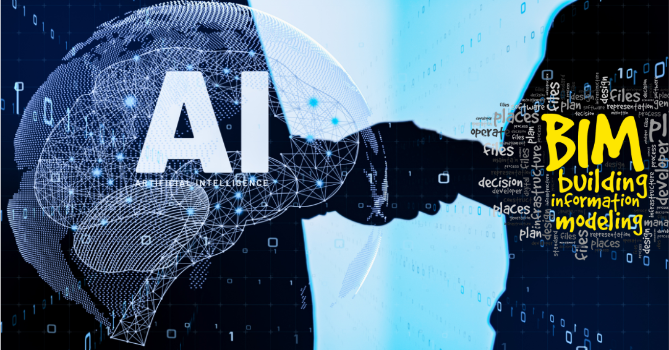
Another advantage is real-time data analysis. With AI, BIM models can be updated continuously as new data comes in from the construction site. This allows for proactive decision-making, as teams can see changes and adjust plans on the fly. For example, if there’s a delay in one area, AI can help reallocate resources to keep the project moving smoothly.
AI also helps in clash detection, identifying conflicts between different systems in a building design. By catching these issues early, teams can avoid costly rework later on. This leads to smoother construction processes and better end results.
Several projects have already shown the benefits of AI-BIM integration. By combining these technologies, construction teams can work more efficiently, reduce errors, and deliver higher-quality projects. The integration of AI with BIM is not just a trend—it’s a step towards smarter, more precise construction that saves time and money while improving overall outcomes.
Challenges and Considerations
While AI offers many benefits for construction, there are challenges to consider. One major issue is the cost of implementation. AI technology can be expensive, and not all construction companies may have the budget for it. Investing in AI requires careful planning and a clear understanding of its potential returns.
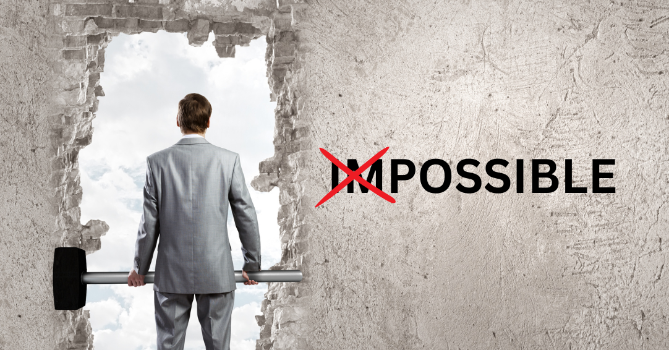
Another challenge is the need for training. AI tools can be complex, and workers must be trained to use them effectively. This requires time and resources, which can be a barrier for some companies. Ensuring that staff are comfortable with new technology is crucial for successful adoption.
There’s also resistance to change. Some people in the industry may be hesitant to embrace AI, preferring traditional methods they are familiar with. Overcoming this resistance involves demonstrating the tangible benefits of AI and how it can complement existing practices.
Lastly, data security is a concern. AI systems rely on vast amounts of data, and protecting this data from breaches is essential. Companies must implement strong security measures to safeguard sensitive information.
Addressing these challenges is important for making the most of AI in construction. With careful planning and commitment, the industry can overcome these hurdles and fully harness the power of AI.
Conclusion and Future Outlook
AI is transforming the construction industry by enhancing safety and efficiency. Its ability to predict risks, improve project planning, and integrate with BIM is reshaping how we build. These advancements are not just improving current practices but also setting the stage for future innovations.
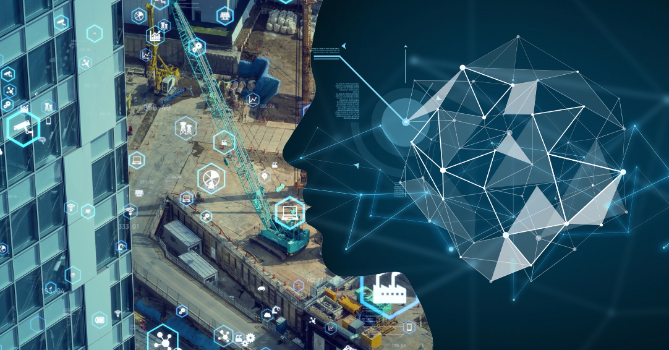
Looking ahead, AI will continue to drive progress in construction. As technology evolves, we can expect even smarter tools that offer deeper insights and greater automation. Embracing these changes will be crucial for staying competitive in the industry. Companies that invest in AI now will likely reap significant benefits, leading to safer job sites, faster project completion, and better overall results.
The future of construction is bright with AI, offering endless possibilities for innovation and improvement.